A Review of REPM 2023
By Paul Fears | 11 September 2023
Matthew Swallow, our Technical Product Manager and the Chair of the UK Magnetics Society, reports on REPM 2023, the 27th international workshop on rare earth and future permanent magnets and their applications (3-7 September, University of Birmingham, UK).
REPM is a biennial academic conference held and run by a hosting university or institution with the goal of disseminating the latest information on research and development in the field of permanent magnets.
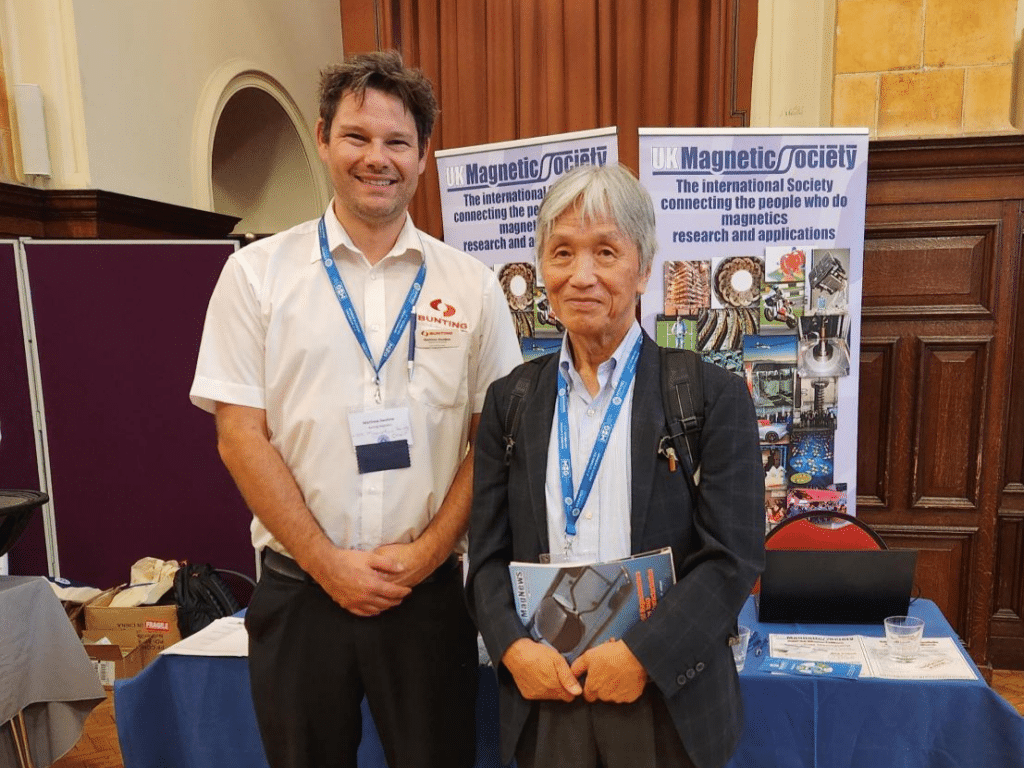
Since the introduction of Neodymium Iron Boron (NdFeB) in the early 1980s, the conference has focused on the improvement of all known grades of permanent magnets rather than just concentrating on Samarium Cobalt (SmCo) as in previous years. The 2023 conference was a mix of incremental development on NdFeB. This concentrated on two areas: the microstructure of the grain boundary to improve coercivity without Br loss, and replacement of Nd in the NdFeB structure without a loss in Br or Coercivity.
There is clearly some way to go in developing NdFeB and it is a going to take a joint effort from chemists, fundamental atomic physicists, and materials scientists, as the work is now hugely complex.
The second part of the conference was about “gap magnets”. What other permanent magnetic material could be found that would hit a price per MGOe sweet spot to manage the growing demand on NdFeB? And the negative environmental effect that this quantity of mining would have on the planet, despite the benefits that small light weight motors have on increasing energy consumption efficiency. Sadly, there was not any ground-breaking announcement of a new medium performance material at a good price and a low CO2e level.
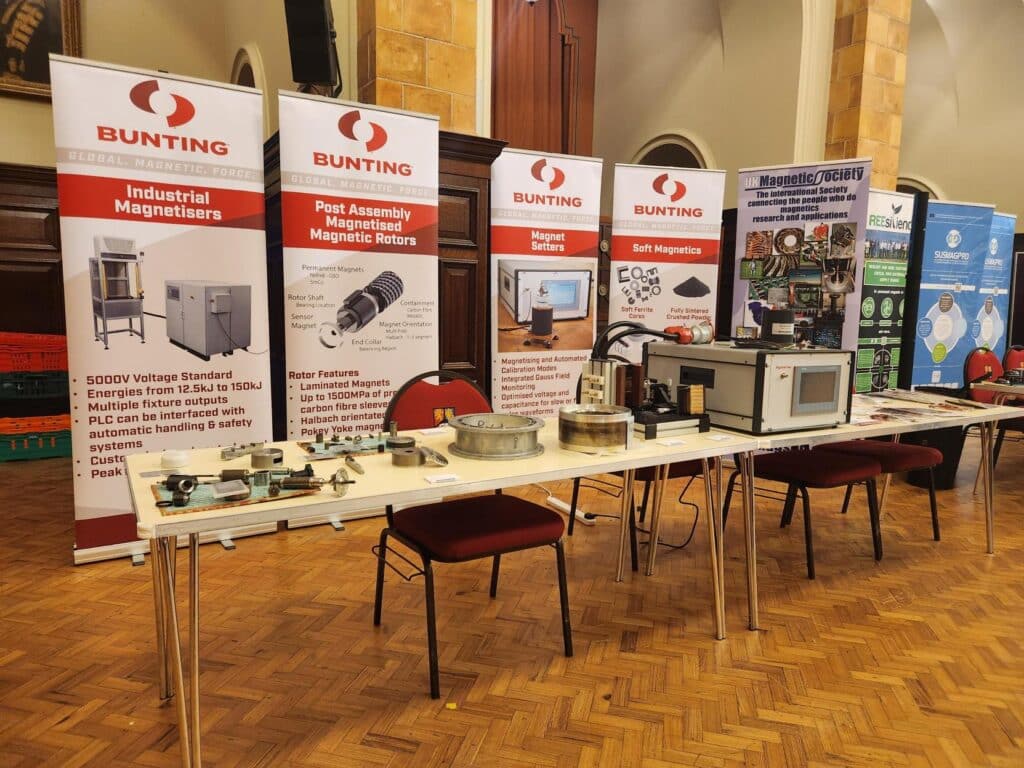
There was a general feeling that NdFeB really would be the champion magnet for years to come and that is because of a greater understanding of atomic alignment, phases of alloys and the impact these have on anisotropy. The hope for the future is still centred on the meteorite version of Tetrataenite, despite it being very difficult to synthesise and keep a phase stable, and the work that Niron Magnetics is pushing ahead with Iron Nitride magnets.
For now and the next 5 years, it looks like NdFeB is here to stay, although my highlight was the use of Cerium doped NdFeB that reduces the volume of Nd used. This reduces the strength, but not by a huge amount. This makes such magnets the best value in terms of mass of Nd used to achieve a certain pull force. We may be already using these magnets and not appreciate the value that they bring in terms of raw material security for the future and this is something that I am keen to bring to the marketing table.
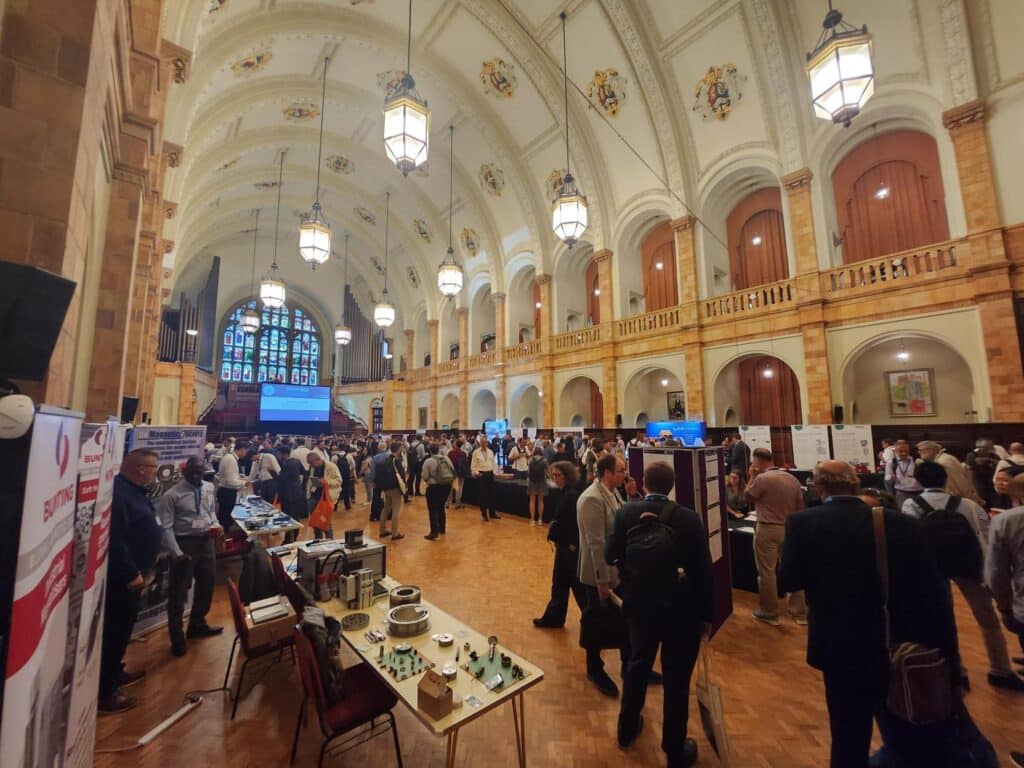
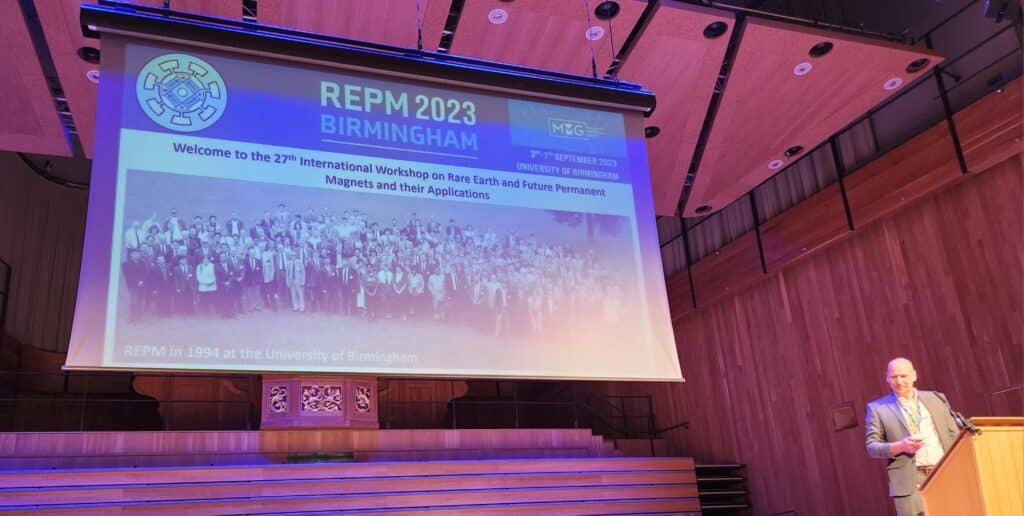
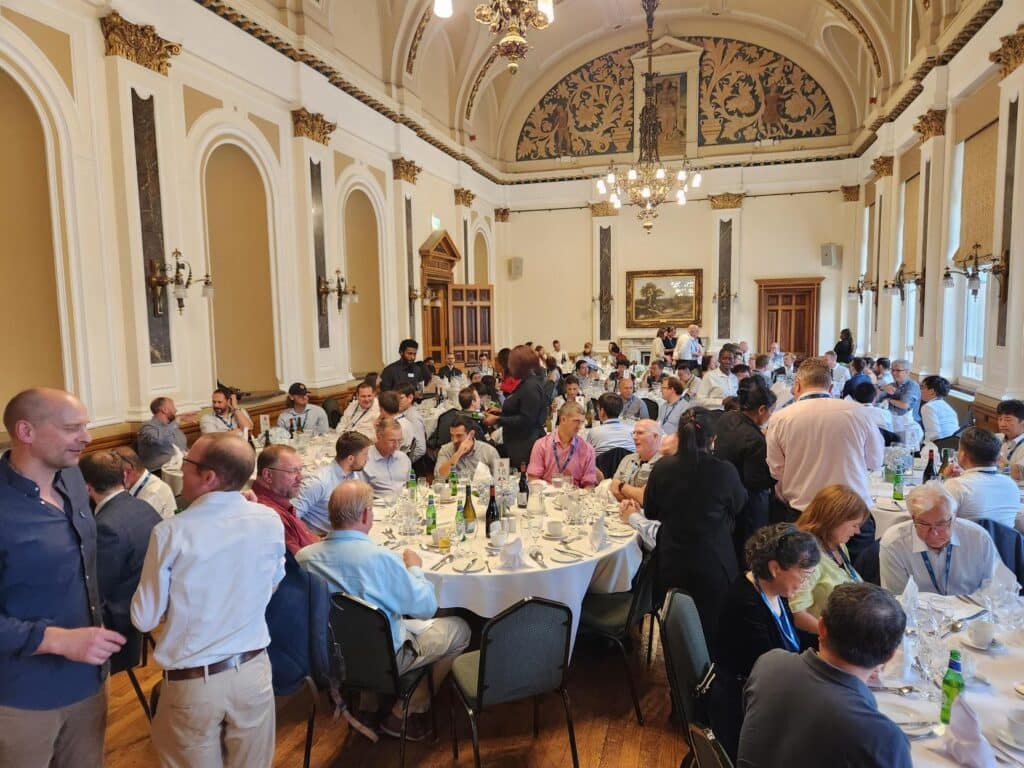
Related Technical Articles
- SUSMAGPRO – Rare Earth Magnets Recycling Task Force
- Explaining Neodymium Magnet Strength
- The History of Neodymium Magnets
Magnet and Magnet Assembly Design
Bunting designs and manufactures a wide range of magnets and magnetic assemblies. Many are bespoke for specific applications. For further information on any of the products mentioned in this article, or for bespoke magnet assemblies and magnet designs, please contact us via:
Phone: +44 (0) 1442 875081
Email: sales.berkhamsted@buntingmagnetics.com
Via Bunting-eMagnets for online purchase of Magnets and Magnetic Technology
Follow us for all our latest news on Social Media



